Snowing in June? That was my first thought when I rounded the bend and found myself in the midst of a blizzard. “Flakes” of white fluff filled the air and loose mounds of the stuff lined the edges of the road. I know we’ve had some whopping temperature fluctuations these past few months, but snow in June here in Ohio would be unheard of.
Of course, it only took me half a second to realize that this was nothing more than the dispersal of the seeds of the cottonwood trees.
A real poplar
Unlike the subject of my most recent article on tulip trees, which are so often erroneously referred to as tulip poplars, the cottonwood tree is indeed a poplar. Belonging to the willow family, Salicaceae, there are three main species of poplar trees that are classified as cottonwoods.
The eastern cottonwood (Populus deltoids) can be found growing throughout the eastern and central regions of the U.S. This species thrives in areas adjacent to rivers and wetlands, where it often volunteers in disturbed areas.
Cottonwoods are huge trees, growing up to 100 feet tall with spreading crowns and dark gray bark that is deeply fissured. Adding 3 feet to their growth above ground yearly, the trees develop extensive root systems below ground, which help to stabilize the riverbanks where they occur. This, in turn, helps to prevent erosion, resulting in higher water quality.
The broad, shiny leaves of the cottonwood appear almost heart-shaped or triangular with neatly serrated edges. Their stems, or petioles, are flattened and droop downward, causing the dangling leaves to flutter in the slightest breeze. This phenomenon, known as “trembling,” results in a distinct and unique rustling sound. Come autumn, the leaves become a brilliant golden spectacle, causing one to catch his or her breath.
Seed dispersal

Yet it’s the conspicuous way in which the eastern cottonwood disperses its seeds that gives the tree its name. Cottonwoods are dioecious, meaning that male and female flowers develop in separate catkins on different trees. In other words, there are male trees and female trees.
The flowers of both bloom before the leaves appear and once pollinated, the female flowers begin to develop into long strands of round, green capsules resembling a string of beads, giving the species the nickname “necklace poplar.”
Upon maturing, each capsule splits open, spewing dozens of densely-tufted seeds resembling cotton that are then carried through the air by the breezes. As the tree continues its release, the fluffy parachutes tend to become a nuisance to their human neighbors as they accumulate in in gutters, block drains and even blow in through open
windows. It is estimated that a single tree releases 40 million seeds in a season.
If your cottonwood does not make a mess, you’ve obviously got yourself a male. But come later in the month when the dog days of summer kick in, you might find yourself wishing for a female tree, so you can watch the “flakes” fly and imagine just how good it would feel if it were actually snowing in June!




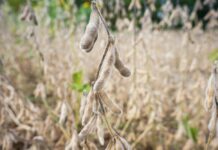

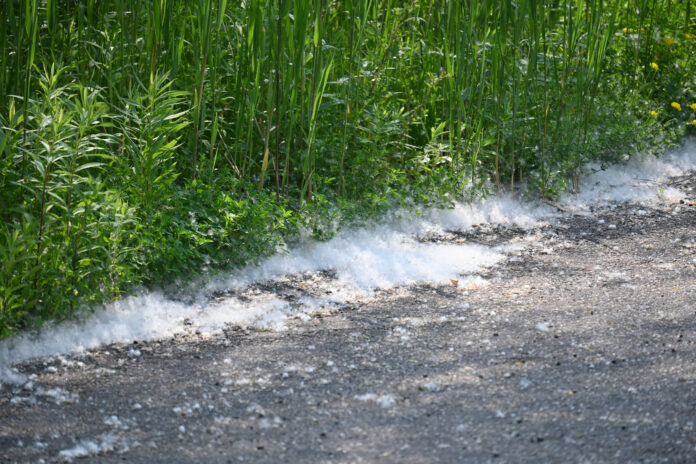
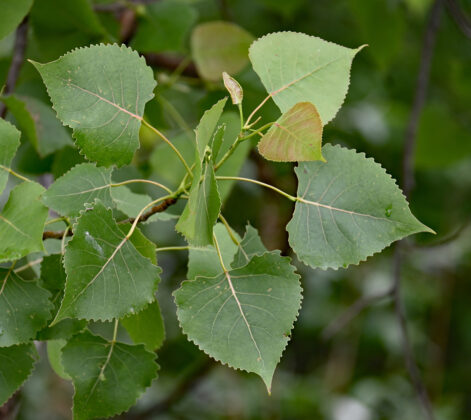
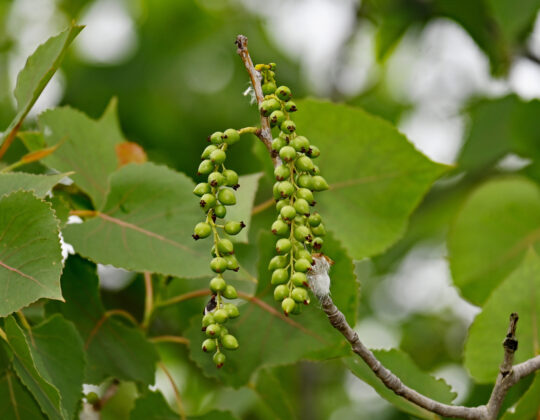
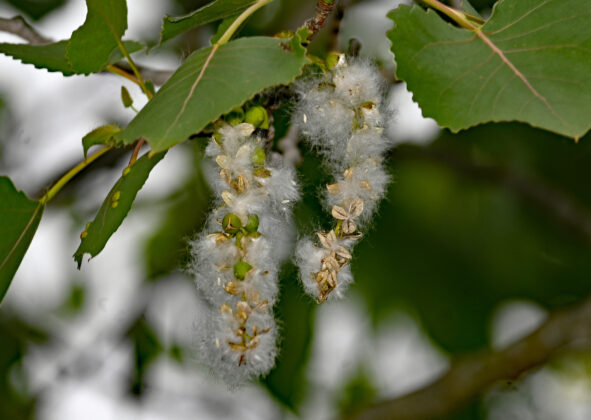
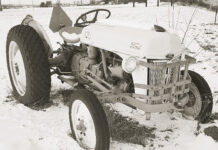
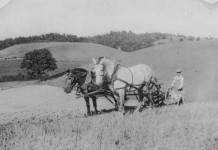
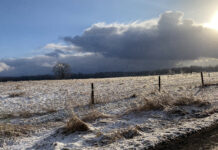




If the weather got exceptionally warm at about the same time that these things seeded, it would clog air conditioning units everywhere. It was good for business (HVAC) but terrible for our customers! They would clog an outdoor unit like a felt blanket!